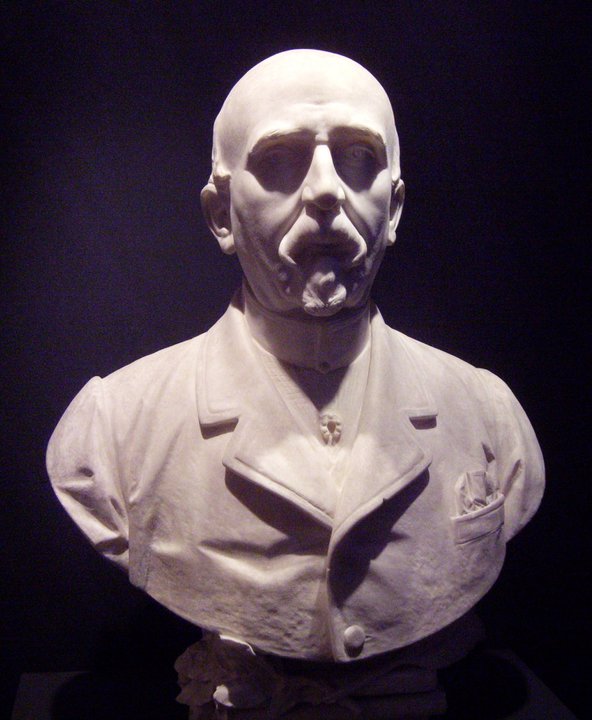
Slate has this fun piece on the Historical Pinocchio. Turns out the original beloved children’s tale of Geppetto’s precocious puppet that becomes a real live boy made Hansel and Gretel look like Blueberries for Sal.
For his sins Pinocchio is not only hanged but robbed, kidnapped, stabbed, whipped, starved, jailed, punched in the head, and has his legs burned off. Worse, however, is the psychological abuse. At different points he is tricked into believing that he has killed both his “father” (Geppetto) and his “mother” (the Blue Fairy). Collodi savors Pinocchio’s comeuppances, recounting each one in loving, histrionic detail. When Pinocchio is caught in an iron trap he is “so giddy with pain that stars of every colour danced before his eyes.” During one of his several bouts of starvation, Pinocchio’s stomach is “like an apartment that had been left empty and uninhabited for five months.”
Other elaborate humiliations include being plunged in flour “five or six times” until “he was white from head to foot and looked like a puppet made of plaster” in preparation for being cooked in a frying pan. He is strapped with a “great collar covered in brass knobs” like a dog and locked in a kennel. And, after being transformed into a donkey, he is dressed up like a girl and forced to do absurd dances, then leap through hoops, on stage. Collodi’s sadistic glee in these scenes is infectious—they are by far the richest and most entertaining sections of the book. In this way Pinocchio resembles not the fairy tales of, say, Hans Christian Anderson, in which good things happen to good children, but Heinrich Hoffmann’s Struwelpeter and Hillaire Belloc’s Cautionary Verses, in which bad things happen to bad children. Collodi, however, doesn’t have the light touch of Hoffmann and Belloc; he is sterner, and more malicious.
Wasn’t this the original premise of Dawn of the Dead? And as if that series of little mishaps were not Rob Zombie Meets Marquis de Sade enough for you, in the original serialized story, little Pinocchio is executed. The Italian tykes who read Giornale dei bambini (or had it read to them) were so traumatized by this conclusion that the story’s publishers demanded some kind of amendment. (I bet those kids internalized the violence of Pinocchio such that they grew up to be vigorous supporters of the fascisti in 1922. It all makes sense now.)
So much for Italians’ syrupy sentimentality when it comes to children. Of course, author Carlo Collodi, a former Garibaldino who made his real living as a civil servant in post-unification Italy, may just have been a freak.
ADDENDUM: So I dug out the version of Pinocchio that I read as a wee lad. It was part of a great series of classic literature for kids, entitled the Educator Classic Library. Big hardcover editions with fun illustrations, the series included Treasure Island, 20,000 Leagues Under the Sea, Casebook of Sherlock Holmes, Swiss Family Robinson, Robin Hood, Arabian Nights, etc. These stories were complete and unabridged, but my Pinocchio is translated by Joseph Walker and has the marionette finally running a Fiat plant during the First World War and cleaning up.
(In fact, my version has Pinocchio turned into a real boy as a “reward.” “My reward? Why?” “For your change of conduct. When boys quit being bad and try to be good, they make the whole household happy.” Talk about pelagianism…)
UPDATE (5/17/19): So I just read this in the New York Times:
The moral of the story, then, is not that children should always tell the truth, but that education is paramount, enabling both liberation from a life of brutal toil, and, more important, self-awareness and a sense of duty to others. The true message of “The Adventures” is that, until you open yourself to knowledge and your fellow human beings, you will remain a puppet forever — other people will continue to pull your strings. And what, in these increasingly authoritarian times, could be more ardently relevant than that?
Did you hear about the over-the-road trucker who believed that the beginning of faith is an act of free will? Yeah, he was a “Semi”-pelagian. I am so ashamed.
LikeLike
You’re banned from this website for 20 minutes. No — you’re banned from the INTERNET for 20 minutes. NO — you’re banned from using electricity for 20 minutes!
LikeLike
I think I read somewhere that Pinocchio was a Catholic allegory. The Blue Fairy was the Virgin Mary, etc. So Pinocchio’s salvation wouldn’t be complete until he did good works and went through Purgatory.
But like I said, my memories are vague.
I do vaguely remember his legs getting burned off. That was a shocker.
LikeLike
Check out my addendum if you get a chance…
LikeLike
I read the original Pinocchio (or possibly an abridged version; it was a long time ago) in translation when I was quite young. My main impression was how different it was from the Disney version. But my memories are vague.
But the author has H.C. Anderson all wrong. “Good things happen to good children”? Like what? The Little Mermaid *dies* at the end. The Little Match Girl freezes to death. People had very different ideas about what made a good kids’ story in the 19th Century.
LikeLike